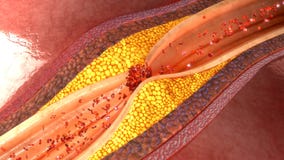Left Hand Anterior Palmer Scattered View. The Phalanges Are The Bones That Make Up The Fingers Of The Hand And The Toes Of The Foot. There Are 56 Phalanges In The Human Body, With Fourteen On Each Hand And Foot. Three Phalanges Are Present On Each Finger And Toe, With The Exception Of The Thumb And Large Toe, Which Possess Only Two. The Middle And Far Phalanges Of The Fourth And Fifth Toes Are Often Fused Together Symphalangism. The Phalanges Of The Hand Are Commonly Known As The Finger Bones. The Phalanges Of The Foot Differ From The Hand In That They Are Often Shorter And More Compressed, Especially In The Proximal Phalanges, Those Closest To The Body. The Phalanges Are Named According To Whether They Are Proximal, Intermediate Or Distal, And According To The Finger Or Toe They Are In. The Proximal Phalanges Are Those That Are Closest To The Hand Or Foot. In The Hand, The Prominent, Knobby Ends Of The Proximal Phalanx Is Often Called The Knuckle. The Proximal Phalanges Join With The Metacarpals Of The Hand Or Metatarsals Of The Foot At The Metacarpophalangeal Joint Or Metatarsophalangeal Joint. The Intermediate Phalanx Is Not Only Intermediate In Location, But Usually Also In Size. The Thumb And Large Toe Do Not Possess A Middle Phalanx. The Distal Phalanges Are The Bones At The Tips Of The Fingers Or Toes. The Proximal, Intermediate, And Distal Phalanges Articulate With One Another Through Interphalangeal Articulations.
ID 81729282 © 7activestudio | Megapixl.com
CATEGORIES
Your image is downloading.
Sharing is not just caring, it's also about giving credit - add this image to your page and give credit to the talented photographer who captured it.:



































































